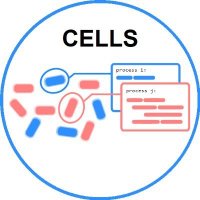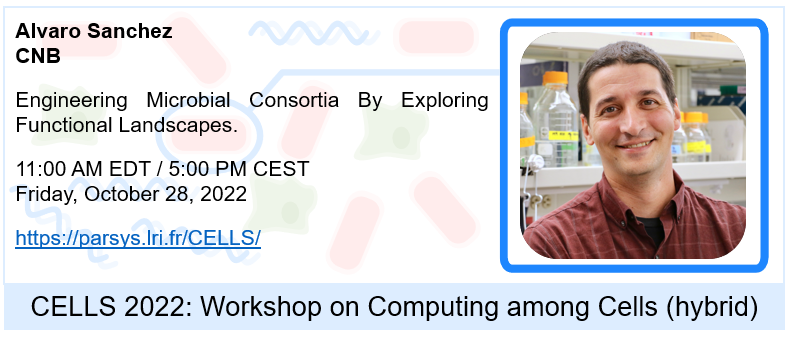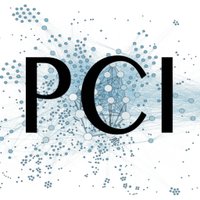
Alvaro Sanchez Lab
@asanchez_lab
Account of the Sanchez Lab @CNB_CSIC (Formerly @yale_eeb). We work on the assembly and evolution of microbial communities.
ID:3319374430
http://sanchezlab.weebly.com 11-06-2015 17:46:48
1,5K Tweets
3,8K Followers
1,0K Following









Register Now for Alvaro Sanchez’s talk.
Title: Engineering Microbial Consortia By Exploring Functional Landscapes. Alvaro Sanchez Lab Centro Nacional de Biotecnología (CSIC) PODC-DISC
Workshop Registration: tinyurl.com/cells2022reg
Webcast link: tinyurl.com/cells2022YTlink
CELLS 2022: parsys.lri.fr/CELLS/



on the change of eLife - the journal, Peer Community In we are impressed by this move. Some thoughts 1/6

Random thought: I particularly enjoy reading (& learn the most from) papers that are 'perspectives but with data' (cc C. Brandon Ogbunu) or 'reviews but with new results'
